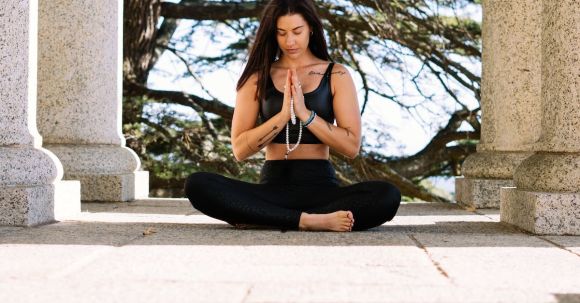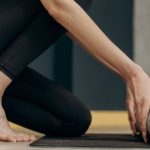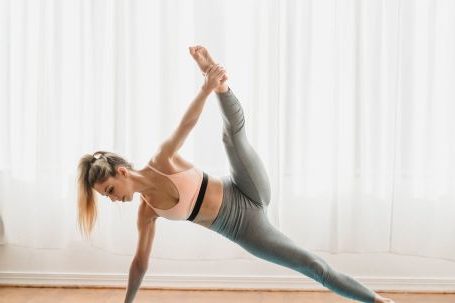Flexibility plays a crucial role in various activities, from sports and exercise to everyday tasks. Having good flexibility not only improves your performance but also reduces the risk of injuries. If you’re looking to enhance your flexibility, here are some effective strategies to incorporate into your routine.
1. Stretch before and after exercise
Stretching is essential for improving flexibility. Before starting any physical activity, it’s important to warm up your muscles with dynamic stretches. These stretches involve moving your body parts through a full range of motion. After your workout, perform static stretches to lengthen and relax your muscles. Hold each stretch for 15-30 seconds and repeat on both sides.
2. Incorporate yoga into your routine
Yoga is a fantastic way to enhance your flexibility. The various poses in yoga focus on stretching and strengthening different muscle groups. Regular practice can improve your overall flexibility and range of motion. Consider joining a yoga class or following along with online tutorials to reap the benefits of this ancient practice.
3. Use foam rollers or massage balls
Foam rollers and massage balls are excellent tools for targeting specific muscles and releasing tension. They work by applying pressure to different areas of your body, helping to improve flexibility and reduce muscle soreness. Incorporate foam rolling or self-massage into your routine, paying attention to areas that feel tight or restricted.
4. Perform dynamic stretches daily
Dynamic stretches involve moving your body while stretching, and they are particularly effective in improving flexibility and mobility. Incorporate dynamic stretches into your daily routine, focusing on areas that need extra attention. Examples of dynamic stretches include leg swings, arm circles, and torso twists.
5. Practice deep breathing techniques
Deep breathing techniques not only promote relaxation but also enhance flexibility. When you take slow, deep breaths, you allow your muscles to relax and stretch more effectively. Incorporate deep breathing exercises into your stretching routine to maximize the benefits.
6. Gradually increase your range of motion
Improving flexibility takes time and patience. It’s crucial to gradually increase your range of motion to avoid overstretching or injuring yourself. Start with gentle stretches and gradually push yourself a little further each time. Listen to your body and stop if you feel any pain or discomfort.
7. Stay consistent with your stretching routine
Consistency is key when it comes to improving flexibility. Set aside dedicated time each day to focus on stretching and mobility exercises. By making it a habit, you’ll see significant improvements in your flexibility over time.
8. Seek professional guidance
If you’re unsure about the best stretching techniques or have specific flexibility goals, consider seeking guidance from a professional, such as a personal trainer or physical therapist. They can assess your current flexibility levels and develop a personalized stretching routine to help you achieve your goals safely and effectively.
9. Incorporate strength training into your routine
Strength training exercises, such as weightlifting or resistance training, can also improve flexibility. As you build strength in your muscles, it becomes easier to perform stretches and increase your range of motion. Include strength training exercises that target your major muscle groups to complement your flexibility routine.
10. Listen to your body
Lastly, always listen to your body. If a stretch feels uncomfortable or painful, modify it or choose a different stretch altogether. Flexibility is a journey, and it’s essential to prioritize safety and avoid pushing your body beyond its limits.
In conclusion, improving flexibility is essential for better performance in various activities. By incorporating these strategies into your routine, you can enhance your flexibility, reduce the risk of injuries, and ultimately achieve your fitness goals. So, start stretching and enjoy the benefits of a more flexible body.





